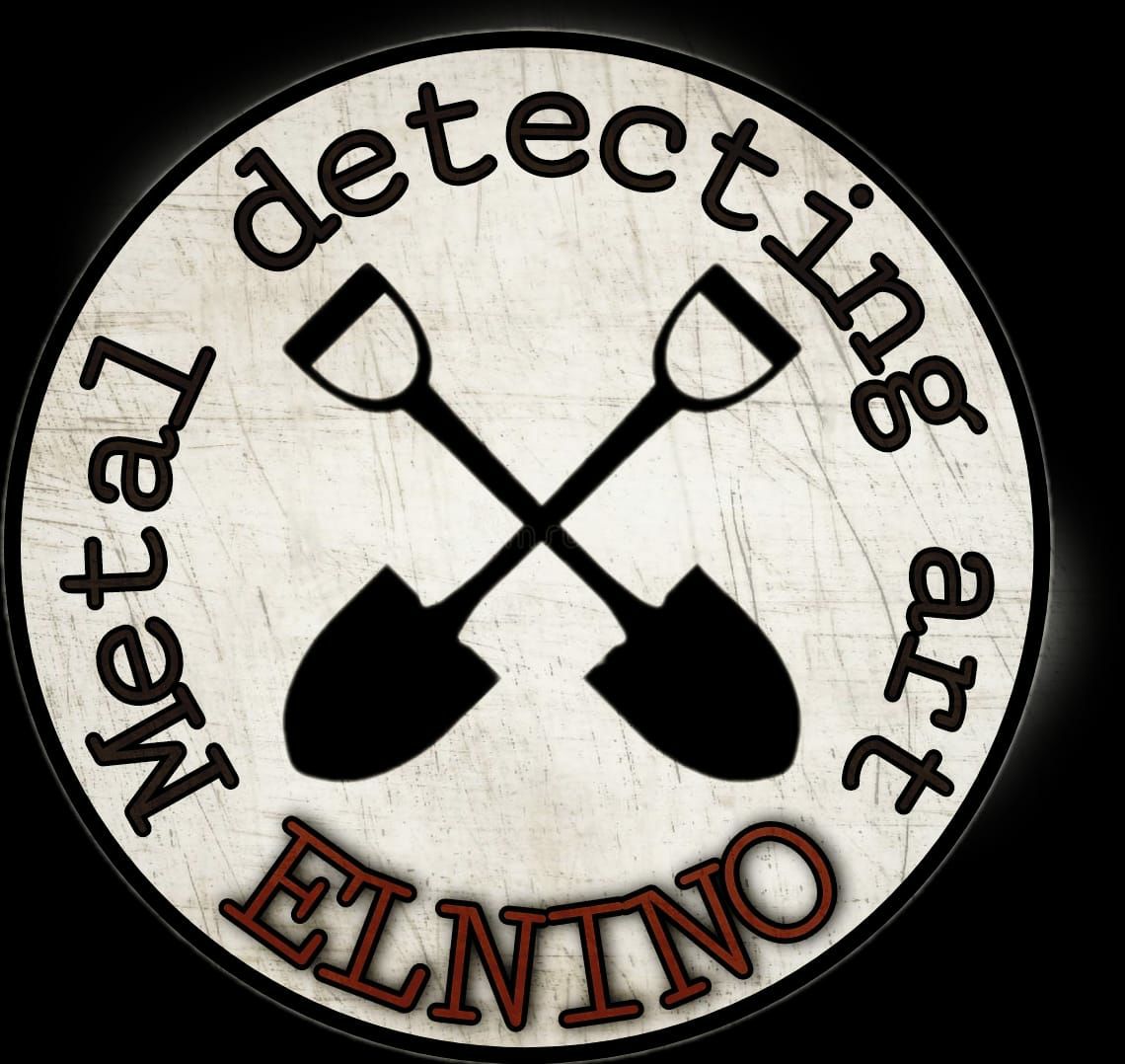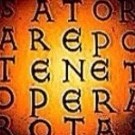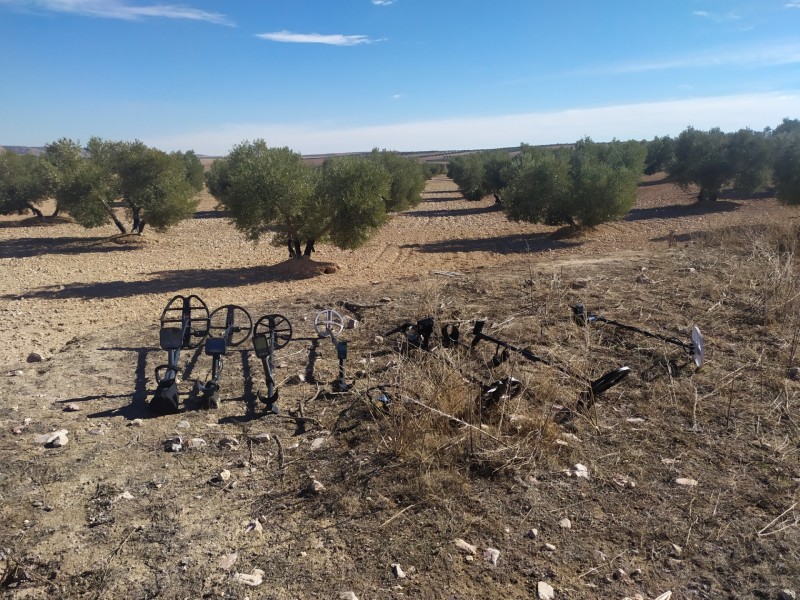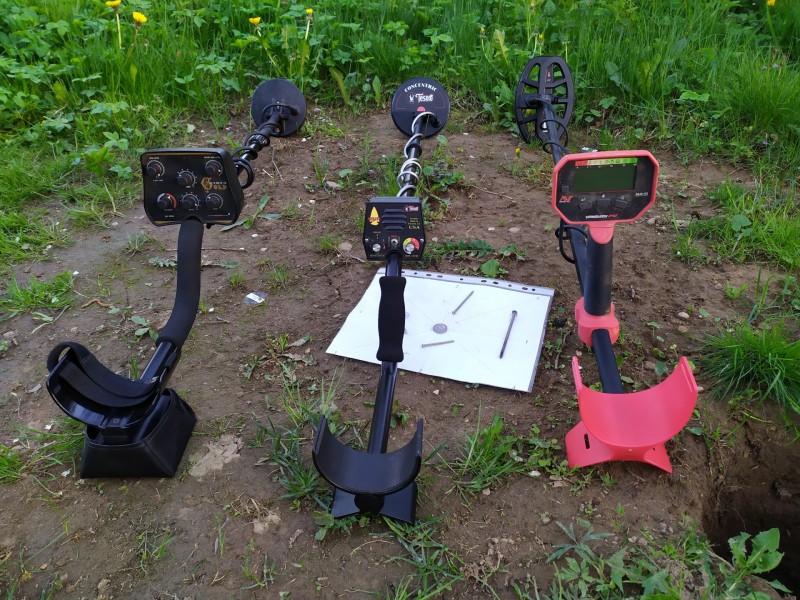-
Posts
1,338 -
Joined
-
Last visited
Profile Information
-
Gender
Male
-
Location:
Slovakia
-
Interests:
Metal Detecting Art
-
Gear In Use:
Whites Spectra V3,MXT Pro,Tek.G2,Rutus VERSA, ATREX, ALTER 71,,Vista Gold Gain,Golden Mask CK,Equinox 800,ETRAC,CTX 3030,Garrett ATX,Ace 400,Goldmaster24k,AKA Signum,Tesoro Mojave,XP DEUS,ORX,
Contact Methods
-
YouTube
https://www.youtube.com/channel/UCBXbWqcRN2alvinJKPOhtZA
Recent Profile Visitors
The recent visitors block is disabled and is not being shown to other users.
EL NINO77's Achievements

Gold Contributor (5/6)
-
If you are talking about a situation where VLF detectors can no longer work reliably on black sand... we are talking about a case where the concentration of magnetite in Black Sand exceeds the value of 30% or more... another thing is that even if some VLF detector is able to work with such a concentration of magnetism/ in the case of a reduction in RX gain, or the use of a coil that is less sensitive to the X signal/ ...according to my experience.. the range of the VLF detector will be severely limited.. If I were you, I would try a PI detector with ground balance, which has a timing setting... for example Garrett ATX, where another plus is its water resistance..., and another advantage is that you can also use coils from the PI Infinium detector/ which are of classic DD construction of various sizes/ and the detector is still waterproof... using the ground balance and timing settings of the PI detector will help you eliminate the signal from magnetite... as well as the salt signal on the beach... while still maintaining a good range and sensitivity to small targets... which is already a problem with VLF detectors in such conditions. ..
-
Yes, artificial intelligence can do a lot... but it depends on the area of use... if you zoom in on this picture, you will see how a modern denoising program can edit a noisy photo.. the results are excellent.. it's also because the AI knows exactly what to do... In detection, it is no longer so clear,,, and there are too many factors that affect detection
-
I definitely believe more in the natural intelligence of the designers, engineers and field testers of metal detectors... who model the detection properties of a given detector according to their ideas... so that the detector works as best as it should work... artificial intelligence needs a sufficient amount of information for its reliable work... so that the result is really good,,, and such amount of information is often used in error detection... among other things, you need a really good computing power... because at home I sometimes use a de noise program with AI when editing and processing photos... so I know very well the time it takes to process one photo even if the computer works with a powerful graphics card... which is very accelerates photo processing... the processor itself needs 7-8 minutes to process 1 photo..!!! But the computer processor in cooperation with the graphics card can do it in 1 minute.... . A designer...or a tester can work well even with one achieved information or result...and can really develop it sufficiently further...if this result turns out to be the right way to further improve the detection...or the analysis of the detected signal ... Here I believe, for example, in better electronics of the detector, and the technical design of the detector, which can also provide the prerequisites for a better input signal from the target for the detector, which can process it better than it was before
-
Simon, I mean that the VLF discrimination mode ATX..was used more for the discrimination of iron than for the identification of a non-ferrous target..especially when we assume that we are working in a more difficult terrain..but it was still a good idea... with the current development of the ability of VLF detectors to work in mineralization, this can translate into really improved possibilities of such discrimination.... I think there is a strong area of possibilities as to how it can be done...
-
I think that Garrett ATX is one of the first to use the VLF mod/even if it is very basic/ it depends on the discrimination..., at least I really believe that... Definitely the next generation..it can go further... As for the hybrid detector, the Aka Smart pulse detector has been on the market for a while, which is a hybrid PI-VLF detector... but first of all, ask yourself a question.. what do you expect from such a hybrid PI-VLF detector?
-

I Feel Like I Got Screwed. What Say You?
EL NINO77 replied to khouse's topic in Minelab Manticore Forum
Steve, I agree with you... 👍 ...but it's good that Minelab knows how to use... even this opportunity... after all, the people who buy Manticore at this better price will benefit the most from it... but I also hold the opinion that Minelab has a sufficient number of people on the board of directors who, first of all, have a "calculator in their head" /as we Europeans say/..and the company's profit comes first.. -

I Feel Like I Got Screwed. What Say You?
EL NINO77 replied to khouse's topic in Minelab Manticore Forum
Folks.. you can't blame Minelab for the fact that on its 35th anniversary.. it reduced the price of Manticore for a certain period of time... Here in Europe, Minelab is giving away a free big coil for the Manticore for its 35th anniversary... I think it's a fair offer... I'm personally saving money this year,,, so I'm not buying another detector...but it might be useful for someone... But it's up to everyone how they approach it... -
Andrew, I'm very glad that you're increasing your score again in found gold coins...and congratulations... Another thing that pleased me is... that you take really seriously... the detection of targets by ID... when you are in a place that is worth it... I wish you another successful search for other nice signals...👍...
-

Anyone Use A DeepTech Vista X ?
EL NINO77 replied to Redneck's topic in Metal Detector Advice & Comparisons
After further testing on the iron carpet, I optimized the Vista Gold Gain 30 khz detector setting... for this 2D separation situation in detecting the target under the iron carpet... the results are really better... Vista X will have a slightly different setting...but it is good to spend some time to optimize the setting, to detect in dense iron occupation ... -

New Detectors To Start From Nokta
EL NINO77 replied to Luis's topic in Nokta / Makro Metal Detectors
Don't get me wrong...I think Minelab already showed in the case of the Vanquish 340 how cheap a multi-frequency detector can be...practically, it's still the cheapest multi-frequency detector on the market. What does electronics mean at the highest level... Fighting detectors in the lowest weight / price category / does not have to be a priority for Minelab... What does electronics mean at the highest level... Fighting detectors in the lowest weight / price category / does not have to be a priority for minelab The price offer of Minelab Manticore, which is now 400 euros less.. than mine, is fine... and does not indicate a problem with Minelab at all. Here in *Europe.. Manticore with a large coil is now available for free.. for many it is a really tempting offer... On the contrary.. By producing many new detectors, Nokta can show that it is going somewhat in the direction that the Fisher company went until recently... where small changes meant a new detector model... simply too many new detector models in a short time. it reminds me of the times when Nokta created detectors under the two brands Nokta and Makro.. -
If I were to compare the Rutus VERSA with other detectors... it has a really good performance on highly conductive targets...,, on medium conductive targets as well,,, and on low conductive targets it has a performance .. which can really exceed the best detectors on the market...... regardless of the price class...
-

Rutus Emi Preview Screen Fun
EL NINO77 replied to JCR's topic in Metal Detector Advice & Comparisons
I will also do a test... but minelab FBS works at two frequencies... 3.4khz and 24khz... -

Minelab Vanquish 340 And 'all-metal' Mode Recovery Speed
EL NINO77 replied to mcjtom's topic in Minelab Metal Detectors
When comparing the Vanquish 340 programs separately, you have to take into account one more thing... that the coin program and the jewelry program and the all metal program have a different level of discrimination... the sperky program has a fixed discrimination set to 0, while the coin program has a fixed discrimination set to 10.... the program "all metal" does not have any discrimination set, but it has a setting with the setting "tone break" /tone discrimination at 0/... so such a setting can have an effect on the separation of good targets in iron... the Vanquis 440 and 540 models already have an independent discrimination setting in all programs, "and in this way, in my opinion, they can achieve somewhat better separation results in some of their programs..






